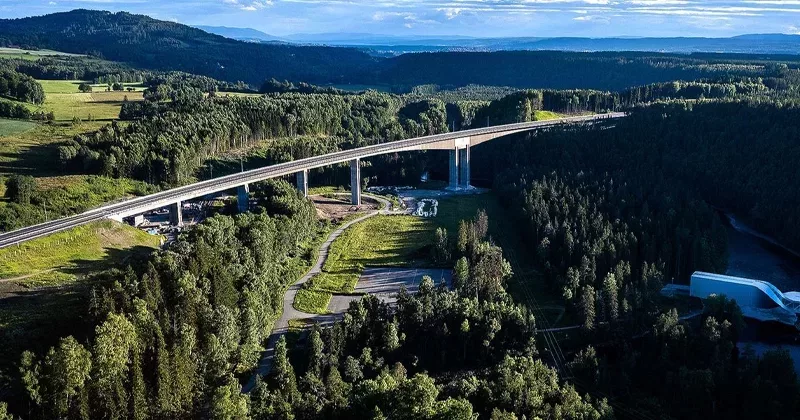21 mins read
Technology – The Sure-Fire Way To Address The Challenges Of The Construction Industry

There are few industries as challenging as the construction industry. That’s why finding a way to address the challenges of the construction industry is so important.
- Unlike many industries, you don’t get a second chance. Once a project is completed, you can’t rip it down and resize the windows.
- The process almost never follows the plan.
- There are virtually no fixed costs. Budgets worth billions of Dollars are built on an understanding of variable costs and carry over two or three years.
An industry such as this with high competition means securing a margin of about 5% is down to maximising every daily activity and ensuring that cost optimisation is the first priority. Squeezing every small cost advantage out of your available resources is the only way to maximise your margin. Line of sight of your operations is the only way to achieve this.
As a consequence of South Africa and our isolated history, companies like CCS and our clients had to innovate in the 70’s and 80’s. However, what gives South African construction companies their edge is the way we’ve devised our own solutions for our own problems. A legacy perhaps from the 80s when trade restrictions isolated the country. But that forced us to innovate from within.
In the 70’s and 80’s, construction was disconnected.
A few of us may remember that the only computer that could handle the needs of the construction environment was the Hewlett Packard HB85. But even in those days, it didn’t have everything that was needed: The engineering design department was disconnected from the site. Project and Commercial managers had a very different view of what was happening on the ground in comparison to the Engineers. There was no recourse. No control mechanisms in place to manage costs on a day-to-day basis.
The founders of CCS actually built plug in applications to bolster the capability of the HB85 which included a plant management process, a certification processes and a road design programme.
Although this was revolutionary at the time, there was still a massive gap holding the industry back: Standard Accounting practices. Specifically, the notion that costs and accounts must sit separately was causing huge losses as companies worked off month-old information contained in financial reports.
(We all remember the commercial manager who had to get into his truck, drive more than an hour to the head office and sit in the finance managers office to review the cost sheet… last month’s cost sheet!!)
Any accountant will tell you that there must be a division between costing and accounts. But when construction projects that run over two, sometimes three years, it’s ludicrous to think a standardised accounting practice of clearing an income statement at the end of every financial year is going to work. How can you know what you’ve bought, spent and importantly, have left for next year?
Whilst a baseline budget is critical for tenders and planning, construction companies need the ability to track, change and adapt but, stay within budget. After all, we’re gambling on a 3-5% margin. There is no room for gut instinct, or month old spreadsheet data.
Consequently, your company’s ability to change is directly related to your profit and loss. Hence your control mechanisms need to be managed on a daily basis. This tells us two things;
- costs and accounting must be aligned
- we need specialised software to help us do this.
A construction company that manages its cost control mechanisms digitally has the ability to integrate its information and develop ‘one source of truth’.
‘One source of truth’ is a principle at use in the industry today that provides a totally integrated view of costs, offering a direct impact on outcomes. It allows anyone in the company to pinpoint what is happening, and where, at an exact point in time. And it allows every manager the opportunity to make smarter business decisions.
In construction, our margins are very small. The nature of this industry is highly specialised, changeable and risky. Therefore, every part of the build process must be evaluated on the outcomes it generates. What may seem like a small cost or productivity advantage can result in a significant saving over the complete two to three years of the project.
So as the industry forges ahead, construction companies need to focus on successfully merging the construction and software industries within their own organisations. To implement a specialist software solution that integrates cost and accounting is the sure-fire way to address the three challenges of the industry: There is only one opportunity to build, the construction process never follows the plan 100%; and that these billion Dollar budgets are based entirely on variable costs and earned value budgeting.
Specialised software solutions will give us the outcomes we need to see.
Most Recent
21 mins read
12 mins read
11 mins read
12 mins read

Ebook











